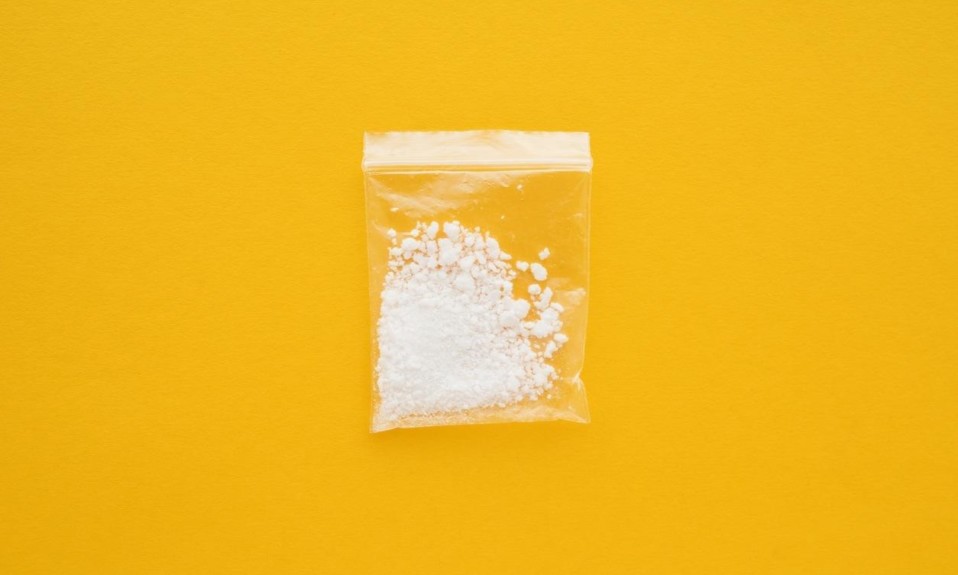A weekly roundup on the latest research and news in addiction, treatment, medicine and science
By William Wagner
October 13, 2020Cocaine seems like a drug from a bygone era—think Studio 54 in the 1970s or Less Than Zero in the ’80s. In reality, however, coke’s lethal grip on society is as strong as ever. Maybe stronger than ever. This installment of “From the Journals” also delves into potentially negative outcomes for adolescents in states where recreational marijuana is legal; Australia’s new approach to combating vaping; and the power of posttraumatic growth.
From the Centers for Disease Control and Prevention (CDC) NCHS Data Brief:
Cocaine-Related OD Deaths Rise at an Alarming Rate
A new report by the CDC couldn’t be clearer: Cocaine has made a deadly comeback. After a period from 2009 to 2013 when “the rate of drug overdose deaths involving cocaine was stable,” OD fatalities related to coke nearly tripled over the next five years. In 2013 cocaine claimed 1.6 lives per 100,000 people; that number shot up to 4.5 by 2018. The death rate was highest in 2018 among people ages 35 to 44. Overall, the dramatic OD rise is partially the result of batches of cocaine that are adulterated with the highly lethal opioid fentanyl. Cost is another factor. Once associated with the wealthy, cocaine now is cheaper than ever due to increased production.
Overall, the dramatic OD rise is partially the result of batches of cocaine that are adulterated with the highly lethal opioid fentanyl.”
From the Journal of Health Communication:
Weed Retailing: The Seductive Power of Placement
What if your child’s high school is located near a marijuana retailer, or even a billboard advertisement for a marijuana retailer? Researchers from Washington State University took up that question, and they discovered that such markers can indeed make adolescents more likely to use pot. Given the growing number of states that have legalized recreational marijuana, the study is particularly relevant. A ScienceDaily article about the study states, “The results of the research team’s study could have significant policy implications as states that have legalized recreational marijuana use grapple with ways to adhere to the drug’s legal status while trying to prevent adolescent marijuana use.” To arrive at their conclusions, the researchers surveyed 350 people ages 13 to 17 in Washington, a state where the use of recreational marijuana is legal.
From The Guardian:
Australia’s New Vaping Strategy: Prescriptions
Since nicotine and marijuana vaping is an emerging public health concern in the United States, policymakers and clinicians might want to keep an eye on what Australia is doing. E-cigarettes and e-juice currently are illegal in most of Australia, but the country’s Therapeutic Goods Administration announced recently that these vaping products will become available via a doctor’s prescription starting in June 2021. The measure seemingly will provide the nation with better control over this form of nicotine delivery. Miranda Ween, Ph.D., a researcher in the Lung Research Laboratory at Royal Adelaide Hospital, told The Guardian, “It makes sense that, as a poison, high-concentration nicotine is only handled by qualified and trained professionals such as compounding pharmacists.”
From the JAMA Network:
COVID-19’s Posttraumatic Growth Movement
The many stressors associated with the COVID-19 pandemic have tilted the spotlight toward posttraumatic growth, defined in this JAMA Network article as “establishing perspectives for a ‘new normal’ when the old normal is no longer an option.” It’s an important topic in the addiction space because the pandemic has spurred an increase in alcohol and substance abuse. The idea behind posttraumatic growth is to turn adversity into opportunities for improving your quality of life.














